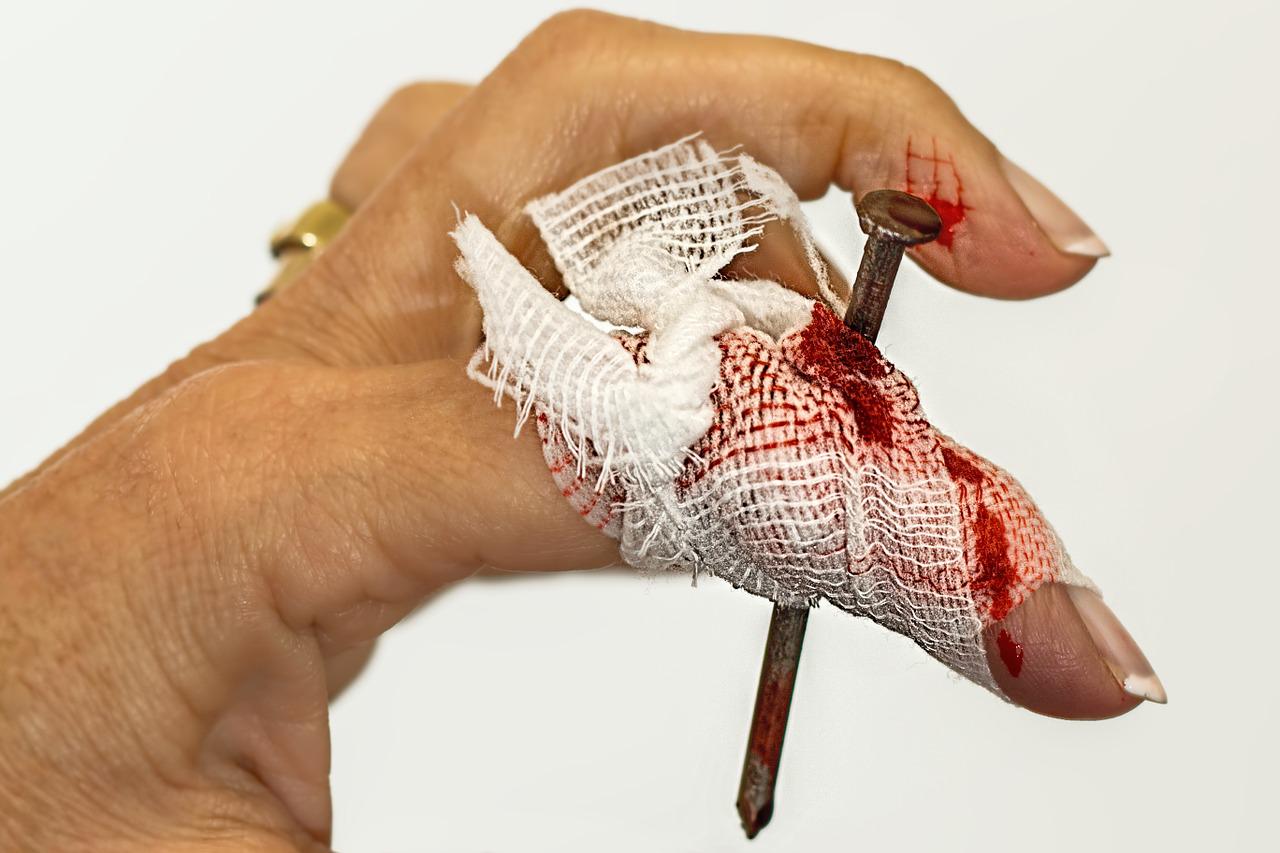Bleeding is a life-threatening condition that must be treated immediately. All necessary measures should be taken before the arrival of the paramedics, so that the victim has as much chance of living a full life as possible. First aid for bleeding may vary depending on the type of bleeding.
Types and signs of external bleeding
The way to stop bleeding depends largely on the location of their localization. Each type has its own external manifestations, to which you need to react in time:
Capillary bleeding – occurs due to damage to small vessels as a result of trauma or disease. It appears first as a bloody dew, and then as a slow flow of blood outside the skin. This condition can be especially dangerous for those with clotting disorders;
Internal (parenchymatous) bleeding is a rather dangerous condition which results from damage to internal organs which have a large blood supply network (spleen, liver, kidneys);
arterial bleeding is the result of damage to the aorta, femoral and other arteries and appears as a stream of bright scarlet color with pulsation. The danger of such blood loss in its rapid nature, and therefore the timeliness of assistance in recalculation in fractions of a second plays a vital role, allowing to avoid death caused by damage to the main artery;
venous bleeding is the slowest. The blood is thick, dark burgundy in color, and clots may form. Bleeding from a damaged vein is dangerous because of thrombus rupture, significant blood loss, or air bubbles getting into a pulmonary vessel.
types of bleeding
First-aid measures for capillary bleeding
How to stop capillary bleeding? First, you need to treat the edges of the wound with an antiseptic solution (peroxide, iodine, green). Secondly, you need to apply a non-tight gauze bandage. Before bandaging, place absorbent cotton on the wound surface. If the area of the injury is large, it is necessary to seek qualified medical help.
First Aid for Venous Bleeding
Blood clots when bleeding from a vein should not be removed, as this may provoke more blood loss. As a first aid, a pressure dressing of a strong bandage or cloth should be applied. If this method is ineffective, the use of a tourniquet is recommended. Absorbent cotton or other soft material and a note with the time of application should be placed under it to avoid unnecessary trauma to the skin. The maximum duration of the tourniquet on the victim’s body is 1 hour in the cold season (winter, autumn) and 2 hours in the warm season. If this time frame is exceeded, there is a possibility of tissue narcosis. Instead of a tourniquet you can use various improvised materials – tight belts, ties, short sticks with cloth, twisted towels, etc.
Arterial bleeding – temporary stopping of arterial bleeding
First aid for arterial bleeding requires extra care, reactivity, and speed. Make sure the victim has no fractures and elevate the limb with the injury. A tissue tourniquet or tourniquet should be placed above the site of the injury. The time limit is the same as for stopping venous bleeding. Instead of fixation material, you can press the artery with your finger at the pulsatile point above the point of injury. If the ulnar, popliteal, femoral, or brachial arteries are bleeding, you need to fix the limb in a maximum flexed and elevated position.
TOURNIQUET APPLICATION
Effective first aid for bleeding requires 100% stopping the flow of blood from the injured blood vessel. If bandaging materials, tissue twists and other improvised means are powerless in this matter, it is worth using a tourniquet. But remember that this is an extreme measure, because in most cases it leads to damage to tissues and nerve trunks. Imposing a tourniquet is also shown in case of traumatic amputation, difficulty in determining the location of bleeding.
First aid for internal bleeding
Parenchymal bleeding is quite difficult to recognize immediately. But such symptoms as dizziness, cold sweats, fainting, thready pulse should make you think about how to stop the blood. The first thing to do is to call an ambulance and place the victim in a half-sitting position, applying ice or a cold compress to the supposed bleeding site.
